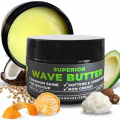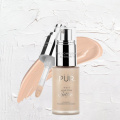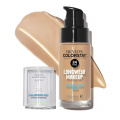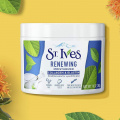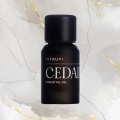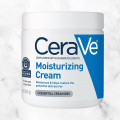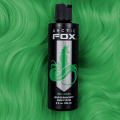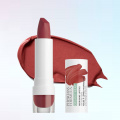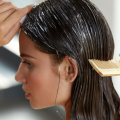How to Get Wax Off the Skin for a Smooth and Silky Appearance
Learn how to get wax off your skin effortlessly with these methods that have been proven to work over the years. You can bid goodbye to painful waxing sessions!
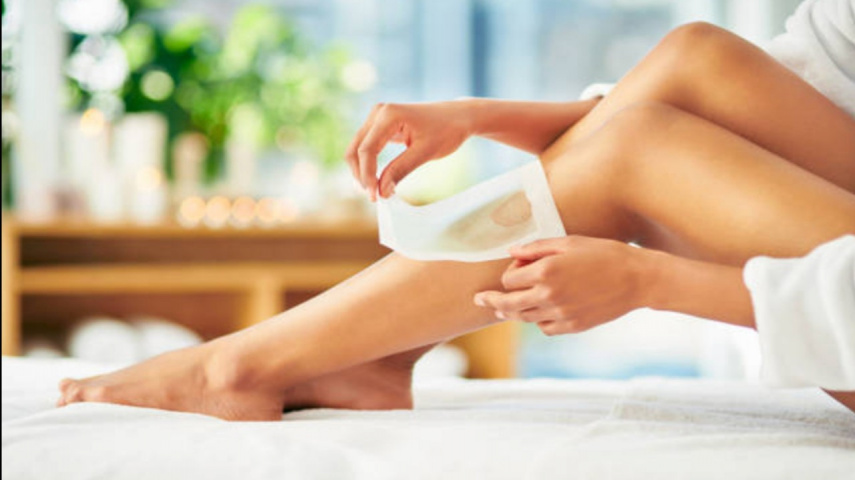
Waxing is one of the most common and oldest procedures. It is an effective treatment for removing unwanted hair. The process removes hair from the root, making it a more lasting solution than shaving. It also helps to exfoliate the skin and removes the accumulated dead cells. The heat of the wax opens up your pores and helps to draw out impurities while moisturizing the skin. Additionally, the wax helps reduce the appearance of wrinkles and fine lines by temporarily tightening the skin. However, you may be left with the question of how to get wax off your skin, and this article is here to answer just that.
When using wax for hair removal, it is important to be cautious to avoid skin irritation (1). With proper care, it can be a safe and effective solution for skin care. No matter how you wax, you will be left with a wax residue, and this can be a nuisance to remove. Let's dive in to know how to remove wax residue from your skin.
What is Wax Residue?
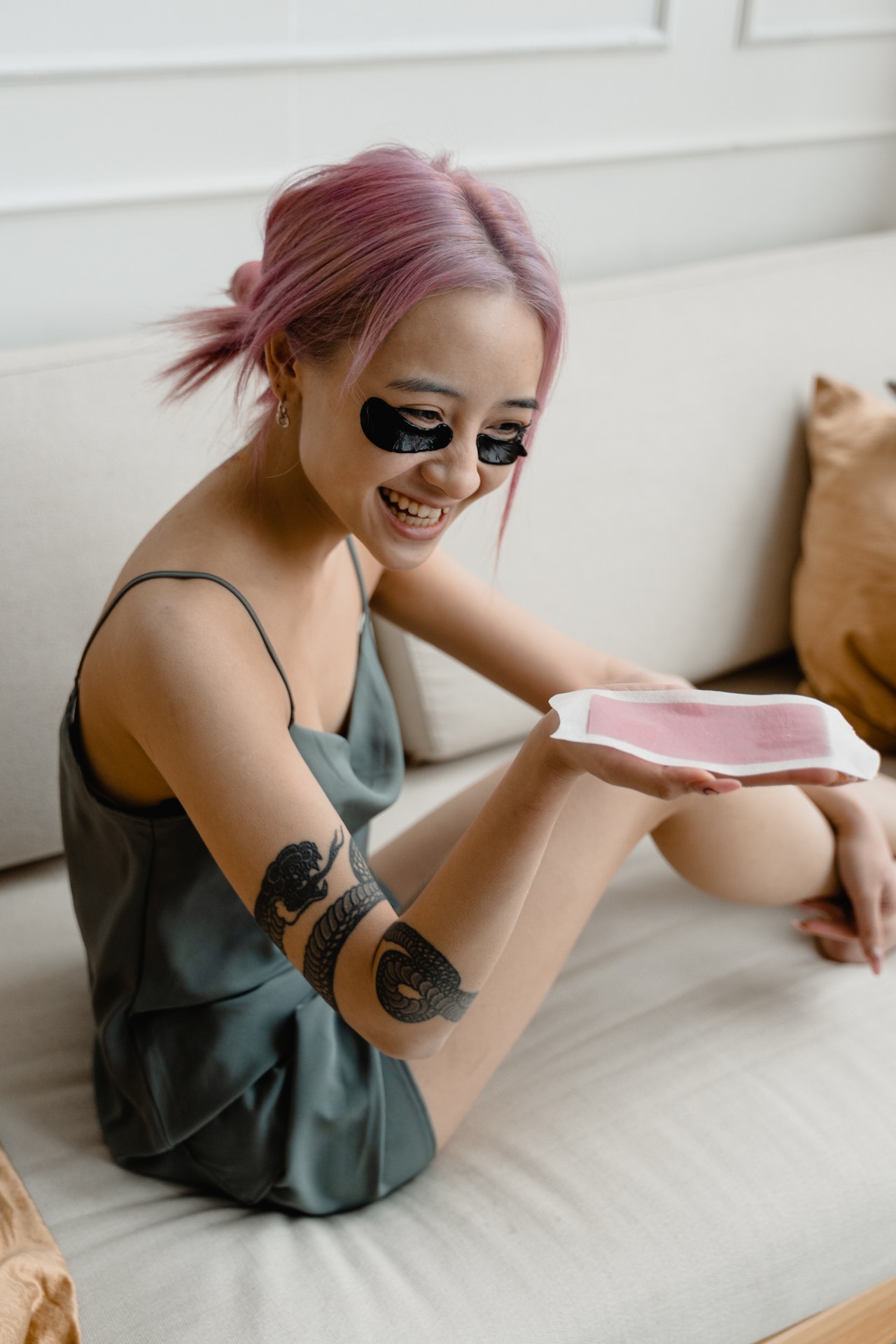
After you’re done with a waxing session, you just can’t wait to run your hands over smooth and hair-free skin. However, you will most probably be left with annoying wax residue. Don't worry because this is a common issue that many people face. Wax residue refers to the leftover bits of wax that stick to your skin, making you feel uncomfortable. This happens as not all of the wax is completely removed from your skin. It could be due to various reasons like improper technique, not applying enough pulling force, or using a low-quality wax product. Additionally, certain types of wax are stickier than others, which can make it more challenging to remove all the residue. The texture and sensitivity of your skin can also play a role. If you have rough or dry skin, the wax might cling to it more stubbornly. Another factor to consider is the amount of wax applied. Removing wax off your skin is important, as leaving it on can cause skin irritation or many other issues if left that way for too long.
How to Get Wax Off Your Skin

Getting wax off your skin doesn’t have to be a difficult process. Here are 7 specially curated tips that you can use to remove wax residue quickly and easily:
1. Warm water
Using warm water is often the most simple and quick way to remove the wax residue. All you have to do is wet a cloth with warm water, then gently pat the affected area. This method works best with softer waxes.
2. Soap and water
If warm water doesn’t quite do the trick, you can also use soap and water (2). Be careful not to rub too vigorously to avoid irritation. Next, wash the area with mild soap and warm water, gently lathering the soap over the residue. Rinse the area with cool water to help close the pores and remove any remaining residue. Finally, gently pat the skin dry with a clean towel. By following these steps, you can effectively cleanse your skin and remove wax residue, leaving it clean and refreshed.
3. Apply baby oil:
Baby oil is another great option to remove the wax residue. Apply a small amount of baby oil to the affected area until you feel the wax getting soft. You can gently rub it in with your fingers, using a circular motion, or with a soft cloth that will rub the wax off. Make sure to thoroughly rinse the area with warm water afterward. This method is especially helpful and extremely effective for removing hard wax residue. The oil gives a smooth and soothing feeling to your skin (3).
4. Sugar and lemon juice
The combination of sugar and lemon juice makes an effective wax remover (4). Mix equal parts of the two and apply them to the waxed area. Gently massage it into the skin, and then use a damp cloth to wipe away the wax. Make sure you do a patch test before applying lemon to your skin, to check for any sensitivity. At all costs, you must avoid using the scrub on broken or irritated skin. Also, never apply too much pressure, as this can cause the skin to become irritated, which can later lead to damage or pigmentation of the skin. Rinse the scrub thoroughly off with warm water. Avoid getting the scrub in your eyes; if it does happen, rinse it off immediately.
5. Use petroleum jelly:
Petroleum jelly can be applied over the wax residue to make it easier to remove. It works wonders in removing wax because it creates a protective barrier between the wax and the skin. This barrier prevents the wax from sticking to the skin, making it easier to wipe away. Moreover, petroleum jelly helps in softening the wax, further aiding in its removal. By using petroleum jelly as a wax remover, you can effectively eliminate residue while simultaneously providing a gentle and nourishing treatment for your skin.
6. Use a pumice stone:
A pumice stone is a light, porous volcanic rock that is used to exfoliate and smooth rough skin. It is often used in beauty treatments to remove dead skin cells and calluses from the feet, hands, and elbows (5). While choosing a pumice stone, consider the type of skin you have. Pumice stones come in different grades, from extra-fine to coarse. If you have sensitive skin, you should opt for a softer grade of pumice stone. Consider the area of your body you want to use the pumice stone on. If you want to use it on your face, you should choose a softer grade of pumice stone.
If you’d like to remove wax residue without using any products, you can try this method. Test the pumice stone on a small area of the skin first to make sure it does not cause irritation. Wet the area of the skin with warm water. Gently rub the pumice stone over the waxed area in a circular motion. You can apply a dense moisturizer to the area – this will help in soothing the skin even if it is irritated. Make sure you do not overdo this process to prevent causing damage to your skin barrier.
7. Ice
A very easy and effective method to remove wax from the skin is by using an ice pack. The cold temperature of the ice helps solidify the wax, making it easier to eliminate. You can take an ice pack and wrap it in a cloth or paper towel. Then, hold it against the waxed area for a few minutes. The cold temperature will result in the hardening of the wax and allow you to easily scrape it off with a cloth or paper towel. Using an ice pack to remove wax is a convenient and practical approach. Because the wax becomes solidified, you don’t need to use any oils or cleansers – this makes it a suitable option for those who have sensitive skin, or even if they are allergic to certain ingredients. Next time you find yourself with wax residue on your skin, reach for an ice pack to simplify the removal process. Its cooling properties make it an effective and efficient solution for getting rid of wax without any hassle.
8. Coconut oil
Coconut oil is a fantastic natural solution for removing wax from the skin. Its moisturizing properties and gentle effectiveness make it an ideal choice (3). To use coconut oil, start by applying a small amount to your freshly waxed skin. Massage it into the skin for a few minutes, allowing the oil to break down the wax residue. Then, take a damp cloth and gently wipe away the wax from your skin. Additionally, coconut oil boasts anti-inflammatory properties that can soothe any inflammation or irritation caused by the residual wax (3) . By opting for coconut oil as a wax remover, you not only effectively eliminate the wax residue but also provide nourishment to your skin. It is a natural and gentle approach that can leave your skin feeling refreshed and moisturized. Give it a try and experience the benefits of this versatile oil in your waxing routine.
9. Olive oil
Olive oil is a great natural remedy for removing wax from the skin. It is gentle, non-irritating, and effectively softens the wax for easy removal(3) . To use olive oil for wax removal, apply a small amount to the affected area and gently massage it in. Let the oil sit for a few minutes before wiping away the wax. The anti-inflammatory properties of olive oil can also help reduce redness and irritation, providing further relief (3) . This natural wax remover effectively eliminates residue while providing you with the added benefits of nourished and rejuvenated skin.
How to Prevent Wax From Sticking to Your Skin

Preventing wax from sticking to your skin is essential for a smooth and comfortable hair removal experience. Whether you're using hot wax, cold wax strips, or sugaring, there are several steps you can take to minimize the stickiness and ensure effective hair removal. Here are some tips to help you:
Exfoliate Before Waxing:
Exfoliating your skin before waxing will not only help to remove dead skin cells, but it also allows the wax to adhere better to the hair rather than the skin. Use a gentle exfoliating scrub or brush to prepare the area a day or two before waxing.
Cleanse and Dry the Skin:
Cleanse the waxing area thoroughly to remove any oils, lotions, or residue that may interfere with wax adhesion. Ensure the skin is completely dry before applying the wax to ensure optimal grip and minimize sticking to the skin.
Apply a Light Dusting of Powder:
Using a small amount of talcum powder or cornstarch on the skin before waxing can help absorb excess moisture, oils, and sweat, creating a dry surface and preventing the wax from clinging to the skin.
Control the Temperature:
Pay attention to the temperature of the wax. If you are using hot wax, ensure it's not too hot or overheated as it can become excessively sticky and adhere to the skin. Test the wax on a small area of your body to ensure it is at a comfortable temperature before applying it to a larger area.
Apply Wax in the Direction of Hair Growth:
Always apply the wax in the same direction as your hair growth. This allows the wax to hold on to the hair more effectively, reducing the chances of it adhering to the skin.
Use Proper Techniques:
When applying the wax, ensure you're using the correct method that has been recommended for the specific product you're using. Follow the instructions carefully to ensure even application and smooth removal.
Use the Right Amount of Wax:
Apply a thin, even layer of wax to the skin. Using too much wax can increase the chances of unwanted residue. A thin layer is sufficient to cover the hair adequately and promote efficient hair removal.
Pull the Wax Strip Properly:
When using wax strips, make sure to pull them off quickly and parallel to the skin's surface. Pulling the strip back on itself or at an angle can lead to the wax sticking to the skin. Maintain a firm grip on the strip and remove it swiftly to eliminate the feeling of any discomfort and prevent wax residue.
Support the Skin:
When removing the wax strip, use your free hand to support the skin tautly near the area being waxed. This will reduce the chances of your hair being pulled and allows you to get a clean and effortless removal.
Soothe the Skin After Waxing:
After waxing, apply a soothing post-waxing product and prevent any stickiness. These products can also help remove any residual wax from the skin.
Cleanse with Oil:
If you find residual wax sticking to your skin, apply a small amount of baby oil or oil-based cleanser to a cotton pad and gently rub it over the affected area. The oil will help dissolve the wax and make it easier to remove.
Seek Professional Help:
If you continue to experience difficulties with wax sticking to your skin, consider seeking professional waxing services. Professional estheticians are experienced in proper waxing techniques and can ensure a more seamless hair removal process.
Remember, practice makes perfect when it comes to waxing, so don't be discouraged if you encounter some stickiness initially. With time and experience, you'll develop your own techniques to minimize wax sticking to your skin and achieve smooth, hair-free results.
Tips and Tricks

When it comes to waxing, there are several tips and tricks that can help you achieve a smoother and more successful hair removal experience. From prepping your skin to aftercare, here are some helpful tips and tricks for effective waxing:
1. Prep Your Skin:
Exfoliate your skin a day or two before waxing to remove dead skin cells and allow for better wax adhesion.
Ensure your skin is clean and dry before applying wax to prevent any interference with adhesion.
2. Trim the Hair if Necessary:
If your hair is too long, trim it to about a quarter-inch length before waxing. Long hair can make the waxing process more painful and less effective.
3. Choose the Right Wax:
Select the appropriate type of wax for your needs, such as hot wax, cold wax strips, or sugaring. Consider your skin sensitivity and the target area when choosing the waxing method.
4. Test the Temperature:
If you are using hot wax, test the temperature on a small area of your skin before applying it to a larger area. The wax should be warm and spreadable, but not uncomfortably hot.
5. Apply in the Direction of Hair Growth:
Always apply the wax in the direction of hair growth. This ensures that the wax clings to the hair and not just the skin.
6. Pull Against the Direction of Hair Growth:
When removing the wax, pull the strip in the opposite direction of hair growth, keeping it close to the skin. This helps to minimize discomfort and ensures more effective hair removal.
7. Keep the Skin Taut:
Stretch the skin taut with your free hand before pulling off the wax strip. This helps to reduce discomfort and ensures a cleaner removal.
8. Take Breaks If Needed:
If you find the waxing process too painful or overwhelming, take short breaks between each strip to give yourself a moment to relax and regather.
9. Breathe and Relax:
Take deep breaths and try to relax your body during the waxing process. Tension and anxiety can make the experience more uncomfortable.
10. Use Aftercare Products:
After waxing, apply a soothing post-waxing product or aloe vera gel to calm the skin and reduce redness or irritation.
Avoid using harsh products, perfumes, or lotions on the waxed area for at least 24 hours to prevent irritation.
11. Exfoliate Regularly:
To prevent ingrown hairs, exfoliate the waxed area gently between waxing sessions. This helps remove dead skin cells and allows hair to grow freely.
12. Moisturize Daily:
Keep your skin well-hydrated by moisturizing daily, especially in the days following waxing. Hydrated skin is less prone to dryness and irritation.
13. Avoid Sun Exposure:
Protect the waxed area from direct sunlight for at least 24 to 48 hours after waxing. Sun exposure can increase sensitivity and cause skin irritation.
14. Maintain a Regular Waxing Schedule:
To keep your skin smooth and hair-free, establish a regular waxing schedule. Consistency is key to achieving longer-lasting results.
With practice and patience, you'll become more comfortable and proficient in your waxing routine, achieving the desired results for smooth, hair-free skin. In brief:
- Be sure to use warm, not hot water when removing wax off your skin.
- If you have sensitive skin, use a gentle product, such as baby oil or petroleum jelly, to remove the wax residue.
- Be sure to use the right wax remover for your type of wax.
- If you’re waxing at home, be sure to use a cloth or towel to remove any excess wax.
- Always use a gentle touch when removing wax from the skin.
- Ensure to use a mild cleanser before and after waxing to remove any dirt and debris.
- Make sure to exfoliate the skin regularly to remove dead skin cells. This can make the wax residue easier to remove.
- Try to avoid waxing over the same area multiple times to reduce the amount of wax residue left on the skin.
- After waxing, make sure that you use a hydrating moisturizer to replenish the skin and prevent it from becoming dry and irritated.
- Ensure that you perform a patch test on a small area of skin before using a new product.
Conclusion
Learning how to wax off your skin is a common problem when it comes to skincare. Wax residue is caused by the buildup of wax on the skin due to various factors, such as overuse of wax-based products, improper removal of wax, and environmental factors. Wax residue can lead to clogged pores, dryness, irritation, and other skin issues. To prevent wax residue, it is important to use wax-based products sparingly. It can be a hassle to get rid of, but it doesn’t have to be something that you detest. Whether you use warm water, soap, baby oil, scrubs, petroleum jelly, or a pumice stone, you can easily and effectively remove wax residue from the comfort of your home. Keep in mind to always use a gentle touch and to test a small area of skin before using a new product.
ALSO READ: Waxing at Home: Your Guide to Achieving Parlour Like Smooth Skin





 JOIN OUR WHATSAPP CHANNEL
JOIN OUR WHATSAPP CHANNEL






































